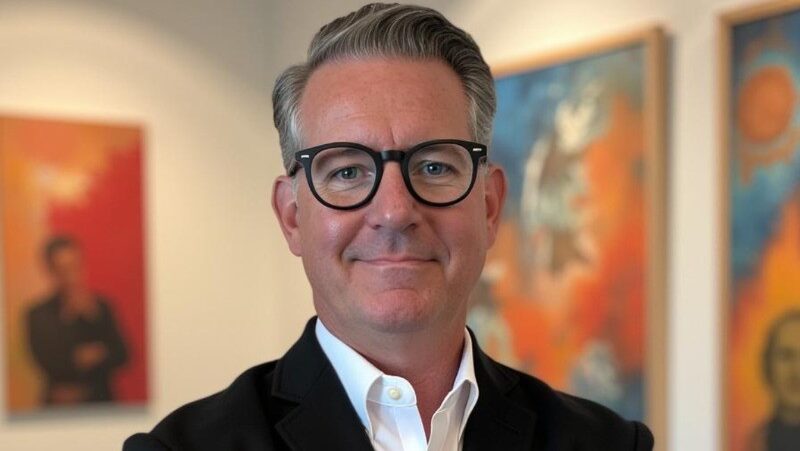The notion of people as assets should stand for something by Sasan Saeidi, managing director FP7/UAE and IAA global vice-president – content strategy
If this statement should hold true, then, as organizations, we should really think about this notion through a more humanized lens and ensure the words “people as assets” really stand for something. In a Harvard Business School executive education course that I am taking part in, the notion of human capital as the biggest challenge for business leaders was brought into question. We simply are not taking care of it the way we should.
I have been reading about modern commercial economics, which is the philosophy of considering a person as a unit of economic production. It started during the industrial revolution and continues to be the driving principle of our day-to-day modus operandi.
This is not totally wrong, but the boundaries of decision-making have been completely misinterpreted and we have lost control and, instead, labeled our people as liabilities.
We count people as FTEs, i.e., “full-time equivalents”, in our day-to-day conduct. Truth is, clients don’t have coffee or strategy and creative ignition sessions with FTEs, but rather with human professionals with a lot of value to offer. This overshadows the offering of our people and, more than ever before, their hours and contributions are undervalued and underpriced.
Add to this the constant procurement task to reduce hours but increase output, which, through logic alone, does not add up at all. You can do the math in every which way, but the bottom line is that you end up giving a lot of “free” services.
We are constantly using price strategies based only on costs rather than value, which means you determine how much a job will cost and add a mark-up. In turn, you are asking the client to pay for your efficiency or the lack of it. Simply put, the convergence of machine-type formula thinking vs real-life human contribution is constantly at odds.
Our communication industry is losing its command to earn the right remuneration. Only by taking a human approach to business can this formula be overturned and people as real assets be placed as the driving force of an organization and its sustainability. So, what should we do?
- FTEs should turn to “Full-time human assets” and not be considered as merely a cost. Let’s not reduce hours blindly, which includes defining true effective hours needed versus invalid retrofitted percentage allocation.
- A piece of strategy or creative content can lend itself to enormous gain for a brand. Why can’t we inject a little more diligence in IP (intellectual property) for our work and proprietary tools? When was the last time we created a name, or tagline, or strategy that went global and we just watched it grow and sail away? There is no harm in asking and ensuring that our contracts become adaptable to these kinds of IP discussions
- The pay-by-performance model that has been doing the rounds can be part of the answer; but even that can’t provide measured results that link to remuneration and cover an agency fully. This model, on its own, will fail to serve the agency and its construct in managing a project. We need to define the result on business and isolate what is driven and impacted by communication and what is not.
- A hybrid retainer and pay-by-performance model can really help define the way forward, as it combines the best of both worlds. But it needs to be grounded in an understanding of the task and the ask, and defined via a “scope of work” (SOW) – and we all fail to respect and take onboard a scope that provides us clarity. We are pressured to take on SOWs in a vague manner: pressured because of the fear of losing out on revenue in market conditions that are very competitive, which in turn devalues the very notion of the FTE output and directly results in more hours, forcing us to burn the midnight oil as we play catch-up. A disaster – and we are all guilty of it.
In conclusion, the channel to Wall Street dominates Main Street truths and we struggle to stay empathetic and real to what it is that we are actually delivering. I truly believe that, with the right hybrid model that starts with a defined task and combines the right hours, the right people for that job and an accountability clause that is linked to proper performance and results, our industry can start pricing by value vs by costs alone. This will help our value rise dramatically and, of course, increase the worth of our talent.
When you increase and preserve the worth of an industry, better talent is drawn to it, smarter people want to be part of it and a new type of client wants to have more of it. A circle that starts and ends with people and respect.
Our people be like.






